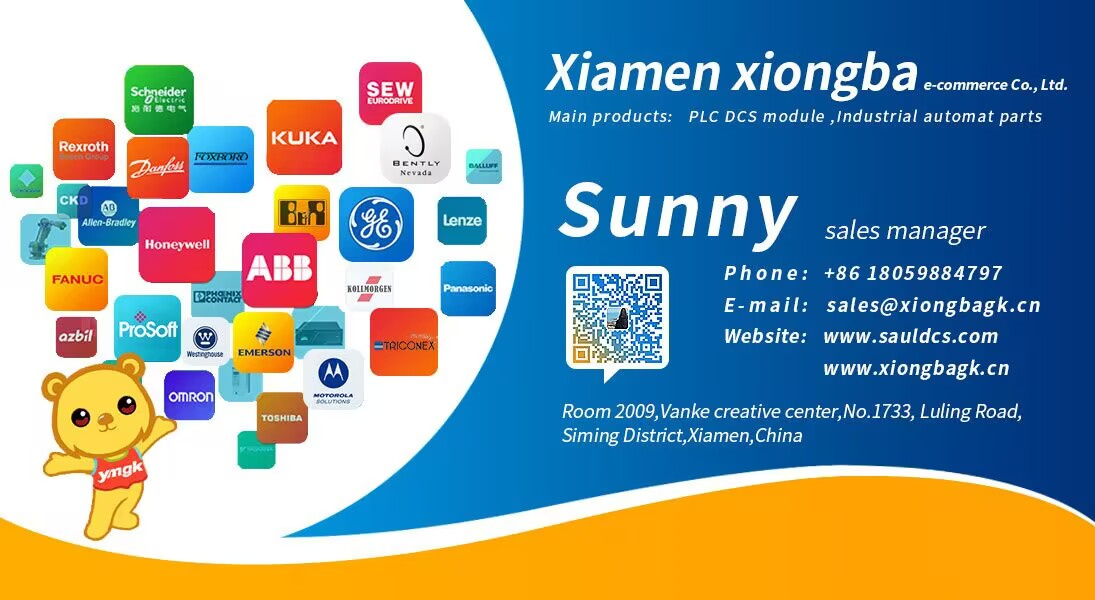ABB 3ASC25H216A DATX132 模拟量输入模块

为了使工业二氧化碳排放的捕获、运输和储存更容易获得,ABB 与该市场工程解决方案的 Pace CCS 签署了合作协议。两家公司将共同运用各自的 知识,通过降低进入该市场所需的资本支出和运营投资,使工业公司更容易实施 CCS 基础设施。CCS 涉及捕获二氧化碳 (CO 2) 工业过程中的排放物,然后通过船舶或管道将这些排放物从生产地运输到地下储存。根据麦肯锡公司的分析,各国要实现净零排放承诺,到 2050 年行业的吸收率需要增长 120 倍。如果成功,仅 CCS 一项就可以将工业部门产生的碳排放量减少 45%。Pace CCS 执行官 Matt Healey 表示:“迄今为止,主流采用 CCS 面临的挑战之一是缺乏整个价值链的运营实践,但 ABB 和 Pace CCS 的综合 知识可以改变这一点。” “虽然公司可以看到 CCS 的好处,但如果不清楚在过程的每个阶段实际情况,他们仍然不愿意进行投资。”ABB 和 Pace CCS 的合作伙伴关系将通过使用数字孪生技术来解决这个问题,该技术提供真实物理过程或设施的虚拟副本。该技术模拟设计阶段和测试场景以提供概念证明以确保设计符合目的。这将向客户展示他们顺利过渡到 CCS 运营。该解决方案将绘制出各种场景,包括地下建模,并将结合 ABB Ability™ OPTIMAX® 能源管理系统来预测和管理功耗。“碳捕获和储存是加速 脱碳议程的关键组成部分。虽然我们将新的可再生能源纳入其中,但我们仍需要使用传统的能源基础设施,”ABB 能源工业总裁布兰登·斯宾塞 (Brandon Spencer) 说。“我们需要让这些更可持续,限度地减少排放,这可以通过将它们产生的二氧化碳从大气中转移到地下进行储存来实现。”
ABB 3ASC25H216A DATX132 模拟量输入模块

In order to make the capture, transportation and storage of industrial carbon dioxide emissions easier, ABB signed a cooperation agreement with Pace CCS, a market engineering solution.
The two companies will jointly use their knowledge to make it easier for industrial companies to implement CCS infrastructure by reducing the capital expenditure and operating investment required to enter the market.
CCS involves capturing carbon dioxide (CO 2) emissions from industrial processes, and then transporting these emissions from the production site to underground storage through ships or pipelines. According to the analysis of McKinsey & Company, in order to realize the net zero emission commitment, the absorption rate of the industry needs to increase by 120 times by 2050. If successful, CCS alone can reduce the carbon emissions generated by the industrial sector by 45%.
Matt Healey, CEO of Pace CCS, said: "So far, one of the challenges faced by mainstream CCS adoption is the lack of operational practices throughout the value chain, but the comprehensive knowledge of ABB and Pace CCS can change this." "Although companies can see the benefits of CCS, they are still reluctant to invest if they don't know the actual situation at each stage of the process."
The partnership between ABB and Pace CCS will solve this problem by using digital twinning technology, which provides virtual copies of real physical processes or facilities. This technology simulates the design stage and test scenario to provide proof of concept to ensure that the design meets the purpose. This will show customers their smooth transition to CCS operation. The solution will draw various scenarios, including underground modeling, and will combine Abbability Optimax energy management system to predict and manage power consumption.
"Carbon capture and storage is a key component of the accelerated decarbonization agenda. Although we include new renewable energy, we still need to use traditional energy infrastructure, "said Brandon Spencer, president of ABB Energy Industry. "We need to make these more sustainable and minimize emissions, which can be achieved by transferring the carbon dioxide they produce from the atmosphere to the underground for storage."










